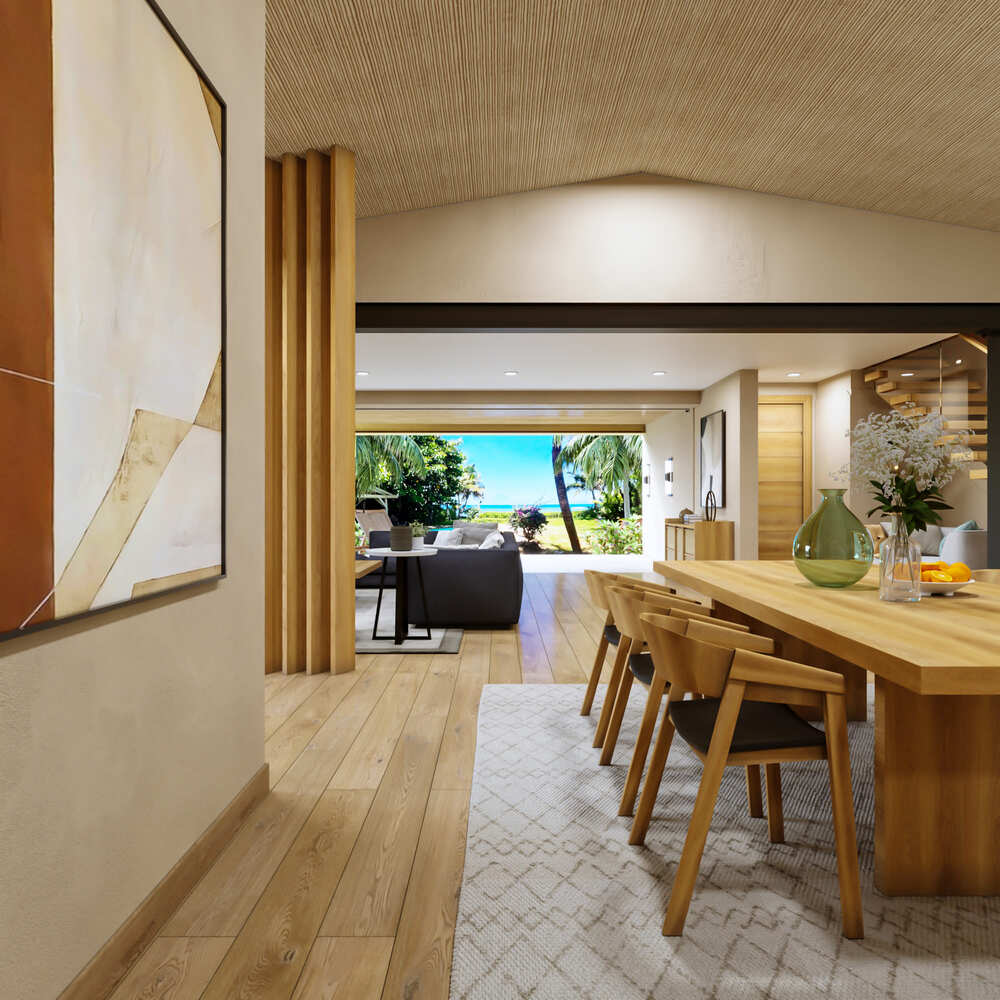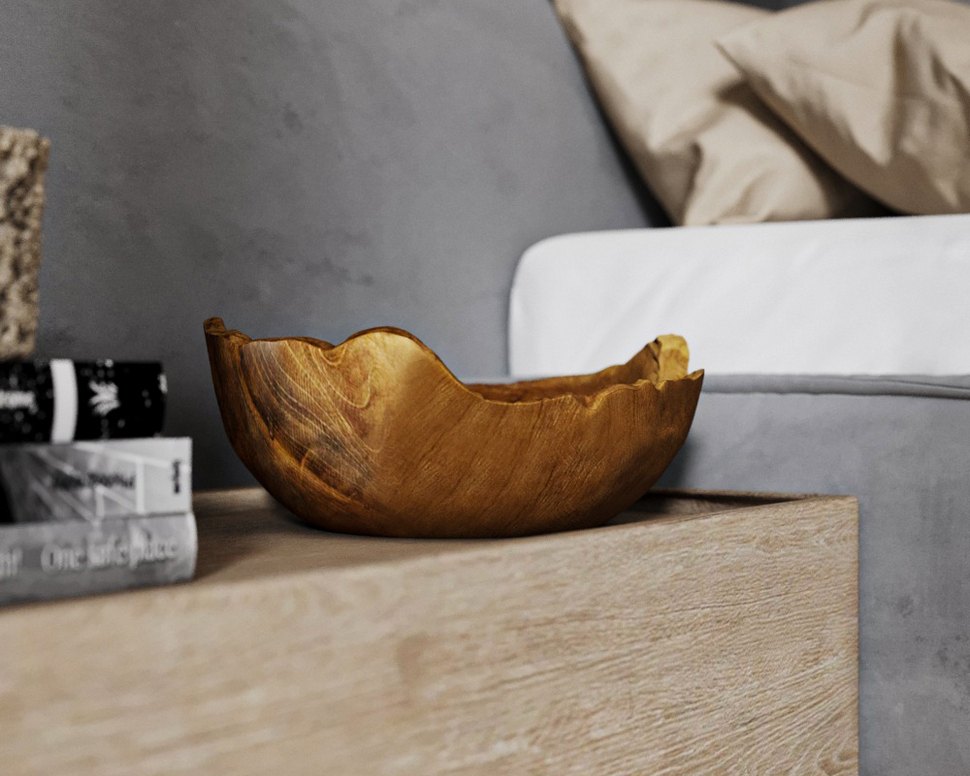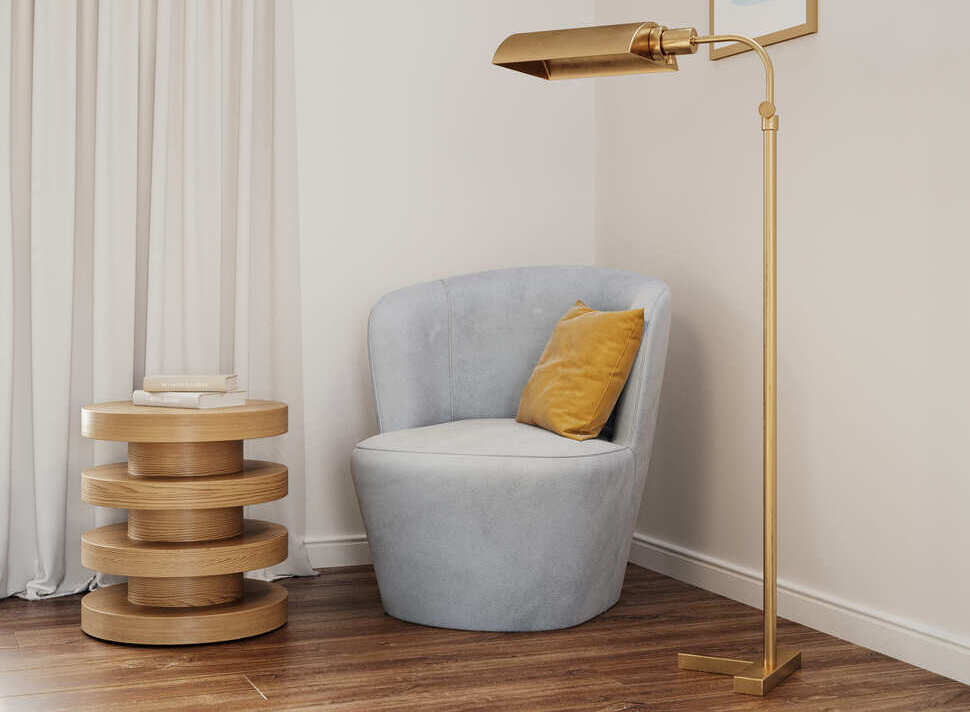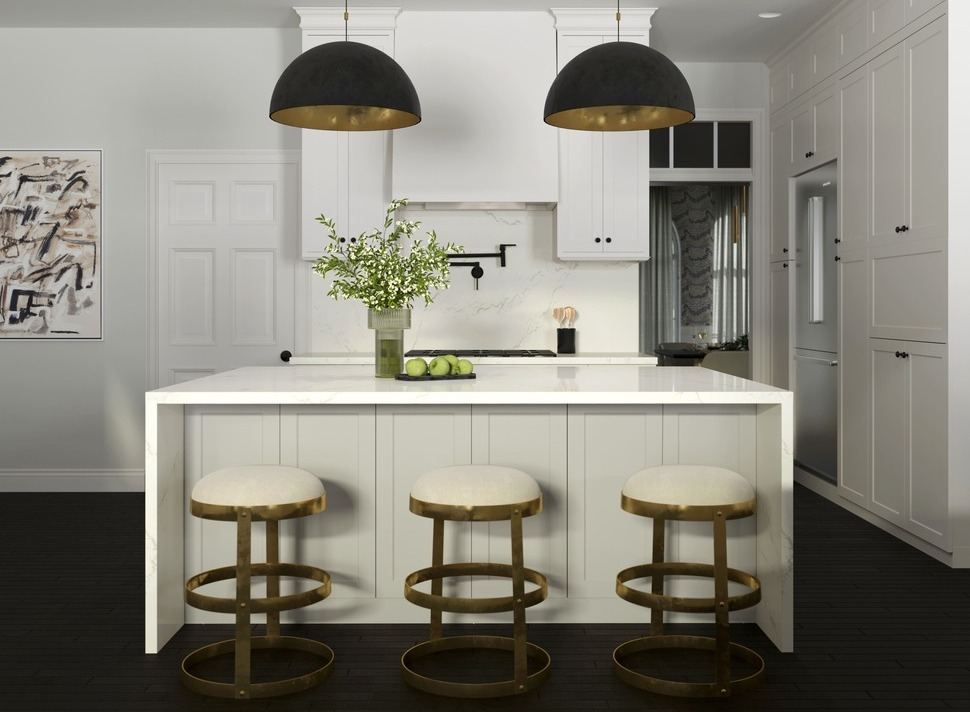The New Reality: 3D Models Meet WebAR in Retail
Introduction to 3D Models and WebAR in Retail
The retail landscape is undergoing a revolutionary transformation, integrating 3D product modeling for AR (Augmented Reality) and redefining customer engagement paradigms and online shopping experiences. This cutting-edge fusion allows consumers to view products in three dimensions online and project and interact with these 3D models in their own physical space through WebAR. This article explores how this technology enhances product visualization, alters consumer behavior, and sets new benchmarks for online retail. By bringing digital products to life in the user's environment, retailers offer unprecedented immersion and interactivity, bridging the gap between virtual browsing and physical shopping.
Enhancing Product Visualization with WebAR
The advent of WebAR in the retail sector has significantly elevated the standards of product visualization. Traditionally, consumers relied on static images or videos to gauge a product's look and feel, often leading to a gap between online perceptions and real-world expectations. WebAR, however, transforms this dynamic by allowing users to place life-sized 3D models of products in their surroundings, offering a tangible sense of scale, design, and compatibility with their personal space. This level of interaction fosters a deeper connection between the customer and the product, enhancing confidence in purchase decisions and reducing the likelihood of returns.
For instance, furniture retailers like IKEA have pioneered the use of WebAR with their IKEA Place app, enabling customers to visualize how various furniture pieces would fit and look in their living spaces. This not only aids in spatial planning but also allows for a more personalized shopping experience. Similarly, in the fashion industry, brands are experimenting with AR to let customers try on clothes and accessories virtually, providing a new dimension to online apparel shopping.

Image from Yousee Studio
The technical backbone of these WebAR experiences is a combination of high-quality 3D modeling and efficient web-based AR frameworks. Creating detailed yet lightweight 3D models is crucial, as they must load quickly and perform well on various devices and internet speeds.
Technologies like WebGL (Web Graphics Library) are pivotal in rendering 3D graphics in web browsers. At the same time, AR frameworks like AR.js and WebXR API facilitate the integration of AR experiences directly into web pages without needing external apps.
The process involves meticulous attention to detail in the 3D modeling phase, where products are digitally recreated with high accuracy, considering textures, colors, and material properties to ensure realism. These models are optimized for the web, balancing fidelity and performance to provide smooth and responsive AR experiences. The seamless integration of these models into WebAR platforms allows customers to interact with products through simple web interfaces, making AR accessible to a broader audience.
The enhancement of product visualization through WebAR represents a significant leap forward for the retail industry. It enriches the online shopping experience and sets a new standard for how products are presented and explored in the digital space. As technology evolves, the potential for even more immersive and interactive retail experiences seems boundless, promising a future where online shopping is as tangible and engaging as visiting a physical store.
Case Studies: Retail Success Stories
Implementing WebAR in retail has led to numerous success stories, showcasing the tangible benefits of this technology in enhancing customer engagement and boosting sales. One illustrative example is the global furniture giant IKEA, which pioneered the use of WebAR through its IKEA Place app. This application allows users to visualize how furniture looks and fits in their space before purchasing. The app uses accurate 3D models of IKEA's inventory, enabling customers to place virtual furniture in their homes through smartphone cameras. This innovative approach has not only improved customer satisfaction by reducing the uncertainty associated with online furniture shopping but also significantly decreased return rates, thereby saving logistics and customer service costs.
Another notable case is the luxury fashion brand Gucci, which embraced WebAR for a more immersive shopping experience. Gucci's AR app allows customers to "try on" sneakers virtually, projecting them onto the users' feet using their smartphone cameras. This interactive experience has effectively bridged the gap between online shopping and the in-store experience, allowing customers to engage with products personally and interactively, leading to higher conversion rates and an enhanced brand image.
These case studies highlight the versatile application of WebAR in retail, from furniture and fashion to beauty, each demonstrating significant improvements in customer experience and business outcomes. The success of these initiatives underscores the potential of WebAR to revolutionize retail, making it an essential tool for brands looking to innovate in how they present and sell products in the digital age.
Looking Forward: The Future of WebAR in Digital Marketing
As we look towards the future, the role of WebAR in digital marketing is set to expand, driven by advancements in technology and shifts in consumer behavior. The increasing demand for immersive and interactive online experiences suggests that WebAR will become a fundamental component of digital marketing strategies. This evolution will likely see WebAR becoming more seamlessly integrated into e-commerce platforms, enabling instant AR visualization directly from product pages without needing separate apps or interfaces.
The future of WebAR in retail also points towards greater personalization and interactivity. As machine learning and AI become more integrated with AR technologies, we can anticipate personalized AR experiences that adapt to individual user preferences, browsing history, and context. This could manifest in personalized virtual showrooms or dynamic product recommendations that come to life in the user's environment.
Moreover, the convergence of WebAR with other emerging technologies like 5G and IoT (Internet of Things) promises to enhance the quality and responsiveness of AR experiences. The high bandwidth and low latency of 5G networks will enable more complex and detailed 3D models to be loaded quickly and efficiently. At the same time, IoT could introduce new dimensions of interactivity, such as AR experiences that respond to real-world objects and environments in real time.
Sustainability and accessibility will also shape the future of WebAR in retail. As consumers become more environmentally conscious, WebAR offers an eco-friendly alternative to physical samples and prototypes, reducing waste and carbon footprint. Additionally, the web-based nature of WebAR ensures broader accessibility, allowing brands to reach wider audiences without the barrier of specialized hardware or software.

Image from Yousee Studio
The future of WebAR in retail is bright, with vast potential for innovation and growth. As WebAR continues to evolve, it will transform the retail landscape and redefine the boundaries of digital marketing, offering brands new and exciting ways to engage with their customers in an increasingly digital world.
Contact us at YouSee Studio for captivating 3D renderings and immersive virtual experiences.
Ray Lisbon is a content writer and the author of this article.




